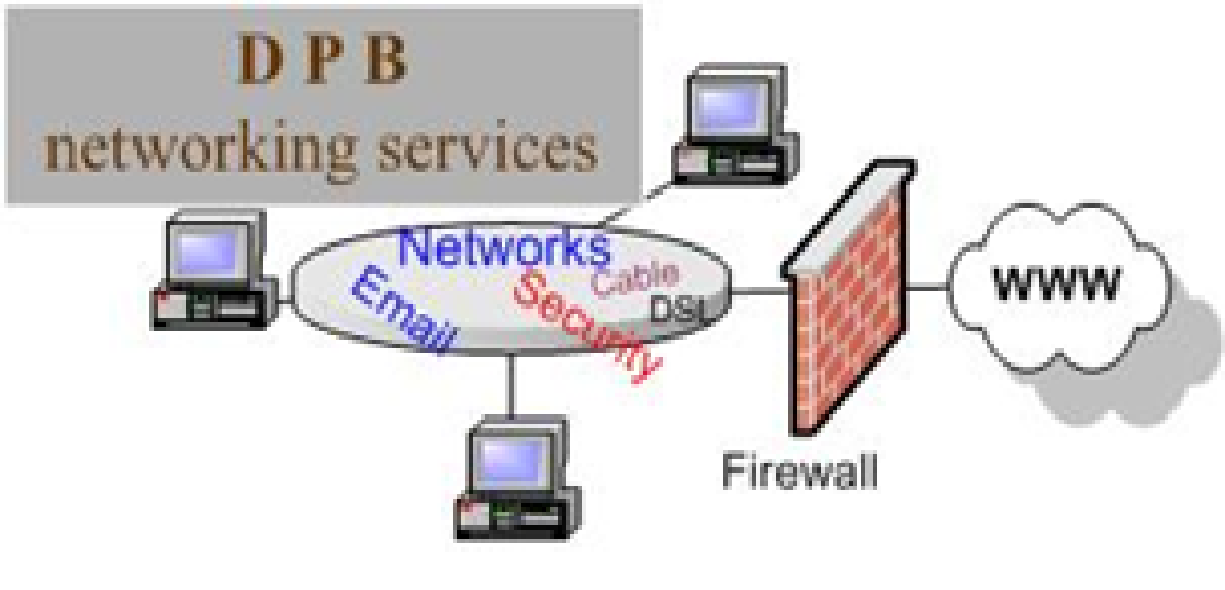The 2018 Legal Industry Outlook report was recently released, and it provides some interesting perspectives on how the legal industry will change and evolve over the next 10 months. Created by the global legal search firm, Major, Lindsay & Africa, the report looks at global happenings and projects how economic and political events will impact the provision of legal services. What follows are some of the highlights from the report that could possibly affect your small or midsized firm.
Increased stratification
The globalization of legal practice over the last decade has created a significant divide between the types of clients represented by mega large firms and those represented by smaller firms. According to the Industry Outlook, this is a trend that will continue throughout 2018. As increased mergers and acquisitions keep large firms within the global sphere, smaller firms will maintain their focus on local and statewide matters, while some middle market firms will establish an effective nationwide presence. Take advantage of this stratification with business development efforts that are tailored to your firm size and reach.
Law firm management
Profitability and effective management will continue to be vital components in the success of law practices. This means that legal firms must identify and recruit effective business managers, as well as effective attorneys, to maintain their viability. Attorneys will increasingly step away from such tasks as finance, growth strategy, business development, firm marketing, IT, and cyber security. Instead, they will bring in office managers to handle these tasks or turn to outsourcing. Over the last few years, law practices have increasingly contracted cyber specialists, paralegals, and marketing professionals for assistance. This trend is likely to continue throughout the year.
Profitability concerns
Profits are always a top concern, and 2018 will be no different. As stated in the report, law firm partners and leaders will be looking for ways to increase their profits with innovative approaches to lowering the bottom line and increasing client payments. This will be done through such measures as:
- Using analysis and quantitative measures to evaluate business effectiveness
- Leaving unprofitable practice areas for more profitable alternatives
- Exploring practice areas relevant to growing technologies
- Using vendor-provided applications to cut overhead costs
- Use of artificial technology to enhance client services
- Offering alternative pricing models to their clients
By focusing on these improvements in 2018, firms can position themselves for greater profits and leverage in an increasingly competitive legal industry.
Seeking partnerships
Industry uncertainties over the past year have slowed the lateral movement of associates from one firm to another. These career changes consistently decreased throughout 2017, making it more difficult for law firms to recruit qualified and experienced associates. Instead of moving between practices, associates are choosing to stay in their current firms and pursue partnership. Small and midsized firms can leverage this trend in 2018 by establishing a clear and concise road to partnership. As explained in the Industry Outlook, the road to BigLaw partnership is often convoluted, with unreasonable delays and hurdles. With a transparent and predictable partnership track, your practice may successfully attract qualified associates who hope to reach partnership status in an established firm.
According to the report, firm loyalty has significantly increased in recent years, particularly among millennial attorneys. Over 70% of millennial lawyers reportedly describe themselves as “loyal” to their firm, and more than a third (33.9%) of millennial lawyers in BigLaw aspire to partnership, even though this accomplishment is often seen as difficult to achieve. Consider recruiting younger, less experienced attorneys who can be honed and groomed for eventual partnership.
Recruitment needs
This leads me to another trend outlined in the Industry Outlook. Effective recruiting of talent will continuously cause challenges for law firms in the coming year. Candidates will have significant leverage when seeking moves within the legal industry, as the pool of quality candidates continues shrinking. Attracting these candidates will require higher compensation offerings, which can be particularly challenging for small and mid-sized firms with limited budgets.
Nontraditional Legal Services
The continued growth of nontraditional legal services will also create a challenge for law firms in 2018. Technological advances have significantly changed the way legal services are provided and sought out by clients. To stay competitive, law firms must figure out how to leverage these changes for their own good. Artificial intelligence can be used to increase office efficiency. It has also become a vital tool for various practice areas, including litigation and transaction law. While the Legal Industry Outlook does address ominous warnings about the ultimate replacement of lawyers by artificial intelligence, it firmly asserts that this change will not be happening in 2018, or anytime soon for that matter.
The other relevant aspect of nontraditional legal services is the fact that, for the first time in the history of the legal profession, law firms are facing major competition from clients, as well as other firms. Consumers are now able to handle many of their own legal matters using available technologies and non-attorney legal providers. To address these challenges, small and mid-sized practices must consider these newly emerging challenges and address them in their business and marketing development plans.
Creative Staffing
The coming year will also continue the trend of creative law practice staffing, as firms continue to rely on contract attorneys for assistance with large caseloads or less-profitable administrative tasks. These lawyers are often willing to work for less hourly rates and don’t require the costly overhead expenses that come along with hiring a new full-time associate. These arrangements allow firms to offer clients more flexibility in billing and may be a viable alternative for smaller practices that cannot afford to hire new associates.
The 2018 Legal industry Outlook offers a valuable view of the year ahead and what it offers for attorneys and law practices. As you think about growing and strengthening your firm, consider how you can best meet these challenges and leverage trends. 2018 offers a lot of opportunity for lawyers and practice leaders who are willing to make necessary changes and effective improvements.
About Erika Winston:
Erika Winston is a freelance writer with a passion for law. Through her business, The Legal Writing Studio, she helps legal professionals deliver effective written messages. Erika is a regular contributor to TimeSolv and a variety of other publications.
















